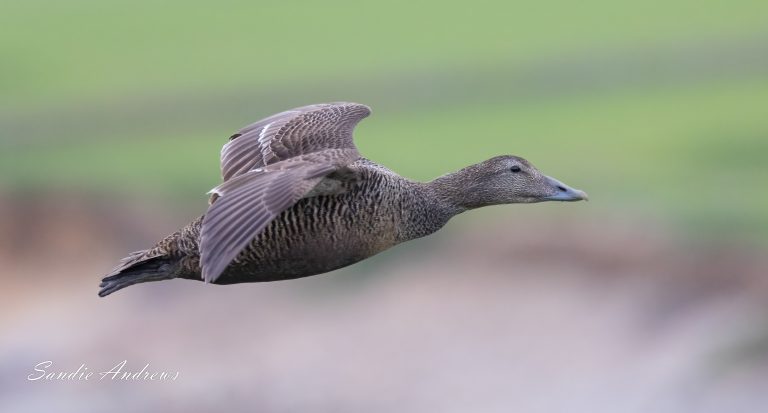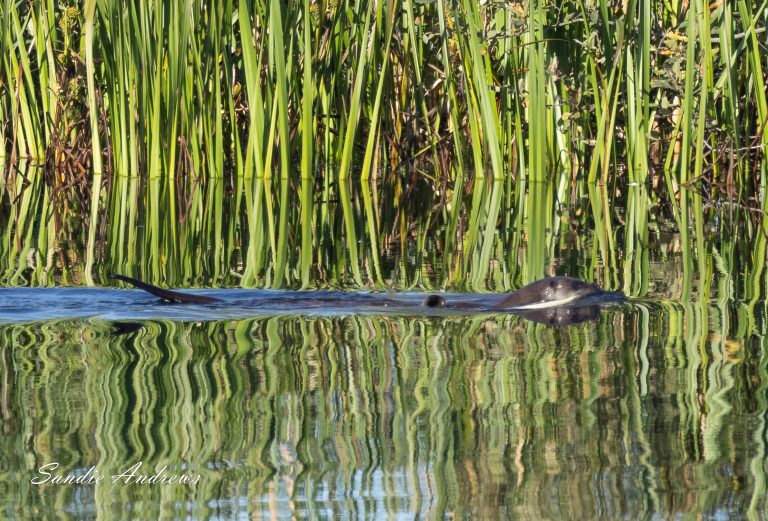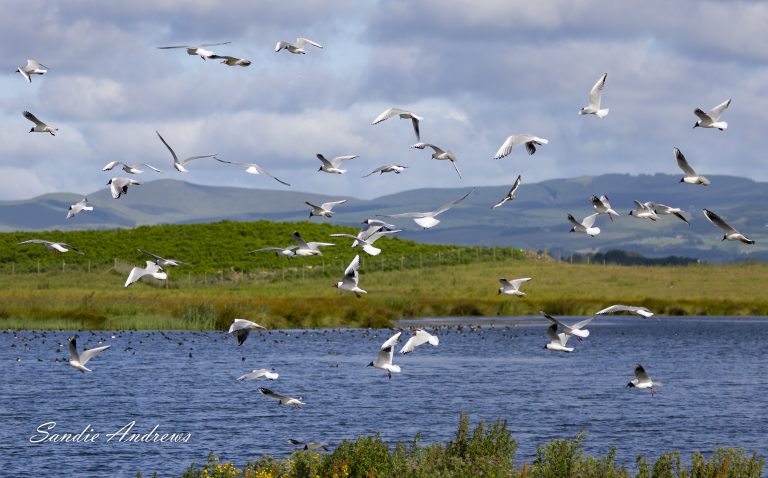Monfragüe National Park
Monfragüe takes its name from the Romans, who called it Mons Fragorum, the fragmented mountain. Difficult to access and covered by scrubland, it is the largest and best preserved stretch of Mediterranean mountain landscape in the world covering some 69 square miles. After several weeks of travelling and finding birding sites to visit we decided it was time for a treat and called in an expert to guide us around the park. And what an absolutely brilliant day it was. Our guide Ricardo picked us up at 9 am and dropped us back at our campervan at 7pm. There were many stopping points and we observed 47 bird species, which for a very cold and dull early February day was impressive.
The panoramic image at the head of this page was taken from Monfragüe Castle, one of the highest points. The river Tagus flows below while griffon vultures circle around your head.
The first image is of a pair of Spanish imperial eagles on their nest. It was taken from a public road a long way off and we kept our visit short. By the 1960’s their population had dramatically declined to just 30 breeding pairs so considerable effort was exerted in protecting them from extinction. The population has now plateaued and is thought to be at around 1,060 birds. This red listed species qualifies as Vulnerable because of its small population and is dependent on continued intensive management measures to mitigate the impact of threats such as poisoning, electrocution, shooting, collision with wind turbines and insufficient food availability.
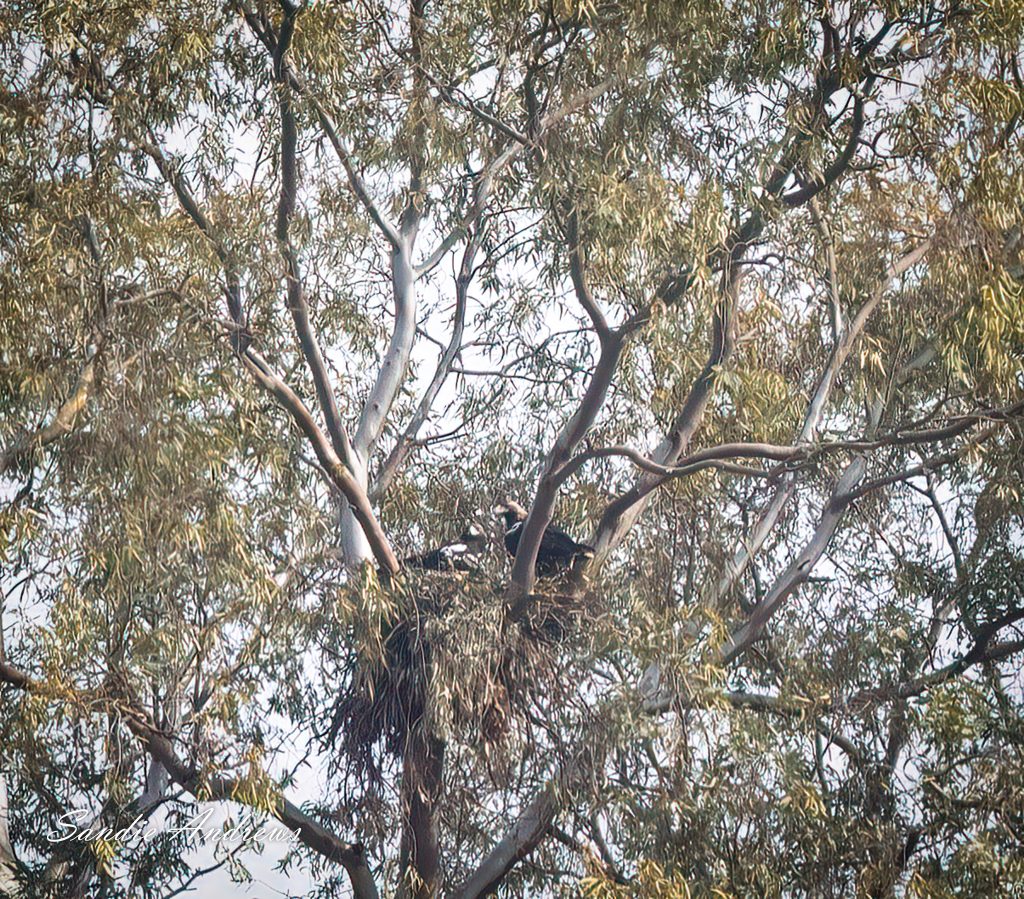
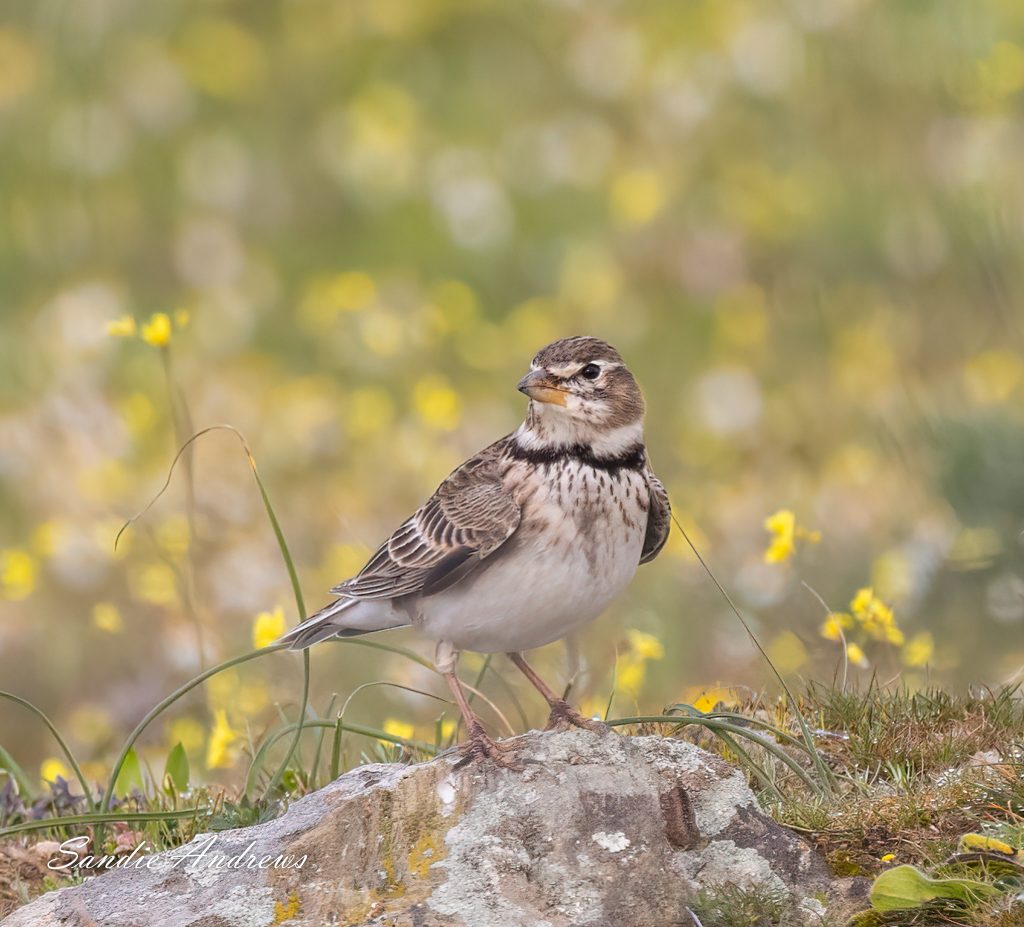
Above : calendra lark. Another red listed bird, as is the hoopoe below.
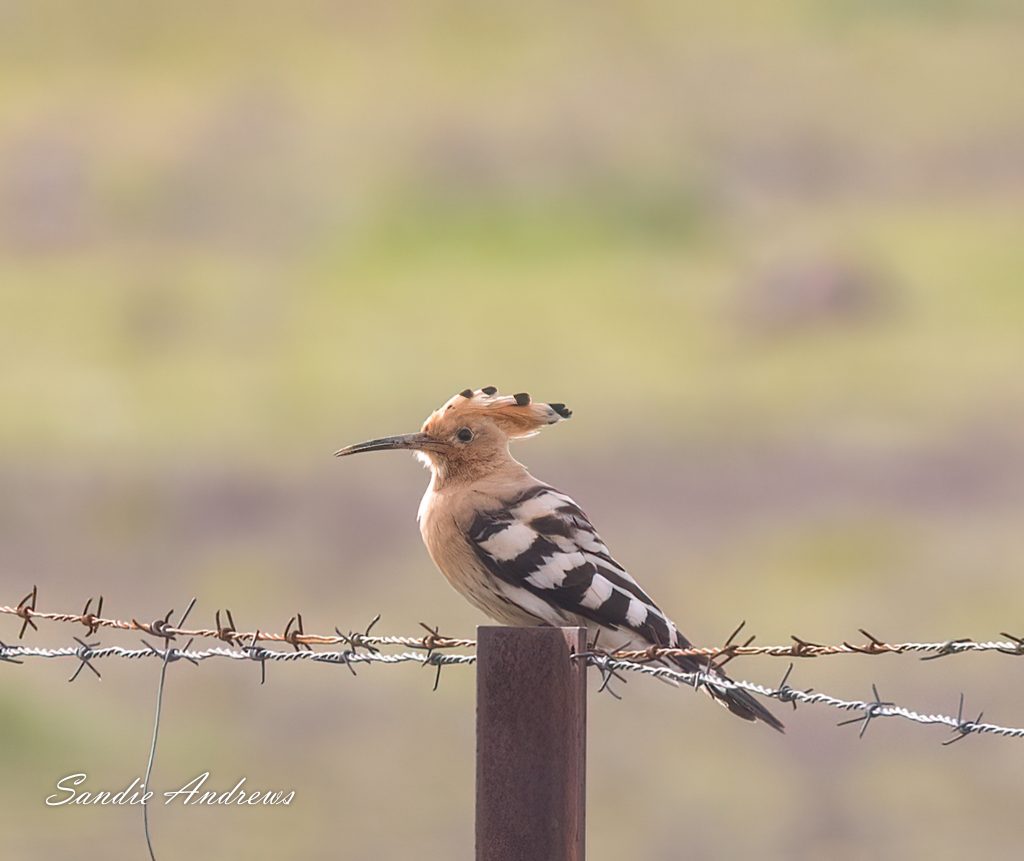
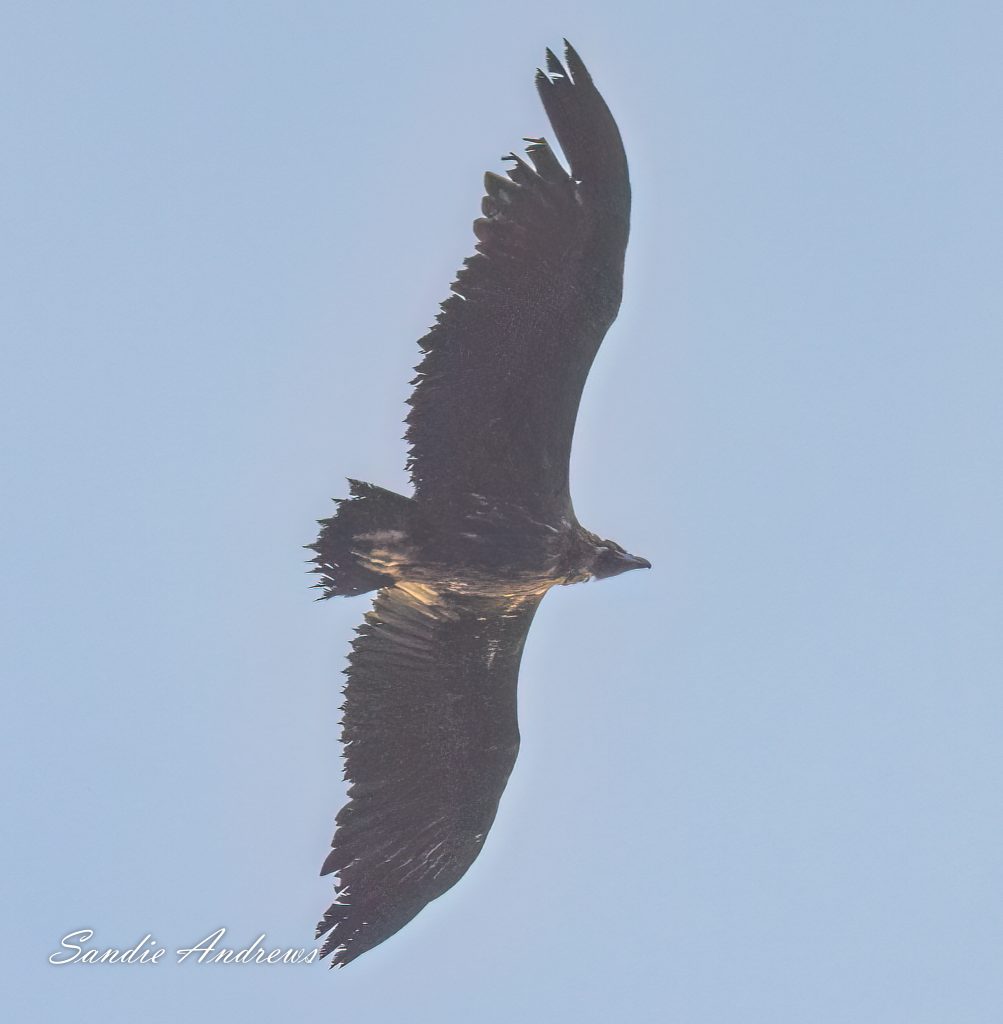
Above: black vulture – red listed. This one is a little ragged and a long way up.
Below: griffon vulture – red listed. Apparently the colour of their head has to do with how long ago the bird last fed and how deep into the carcass the head went. These three birds must be hungry and their head coloration is quite light.
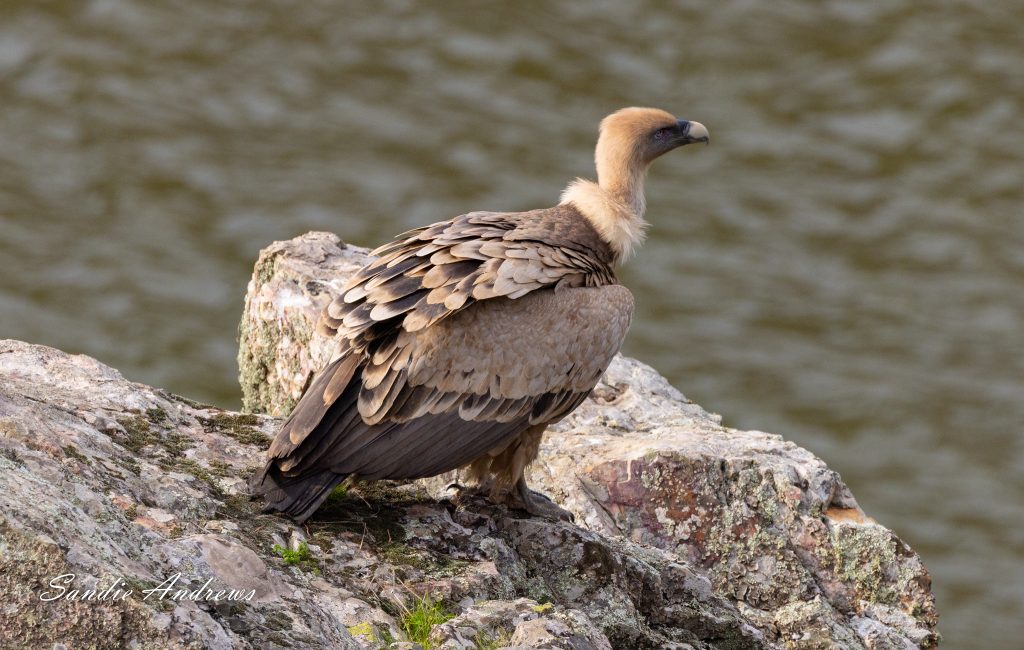
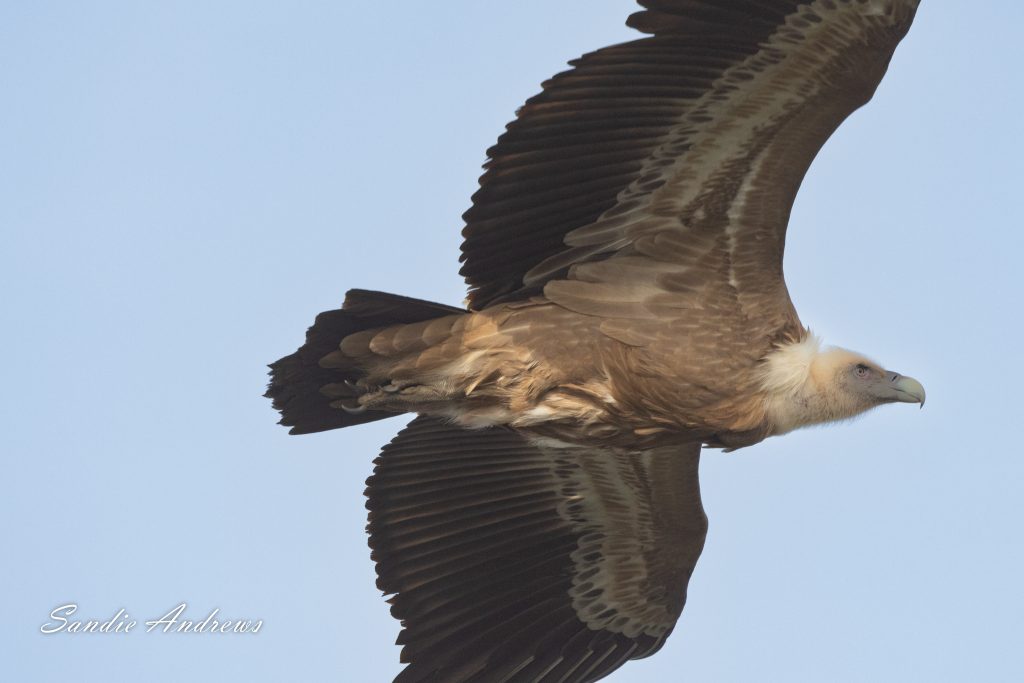
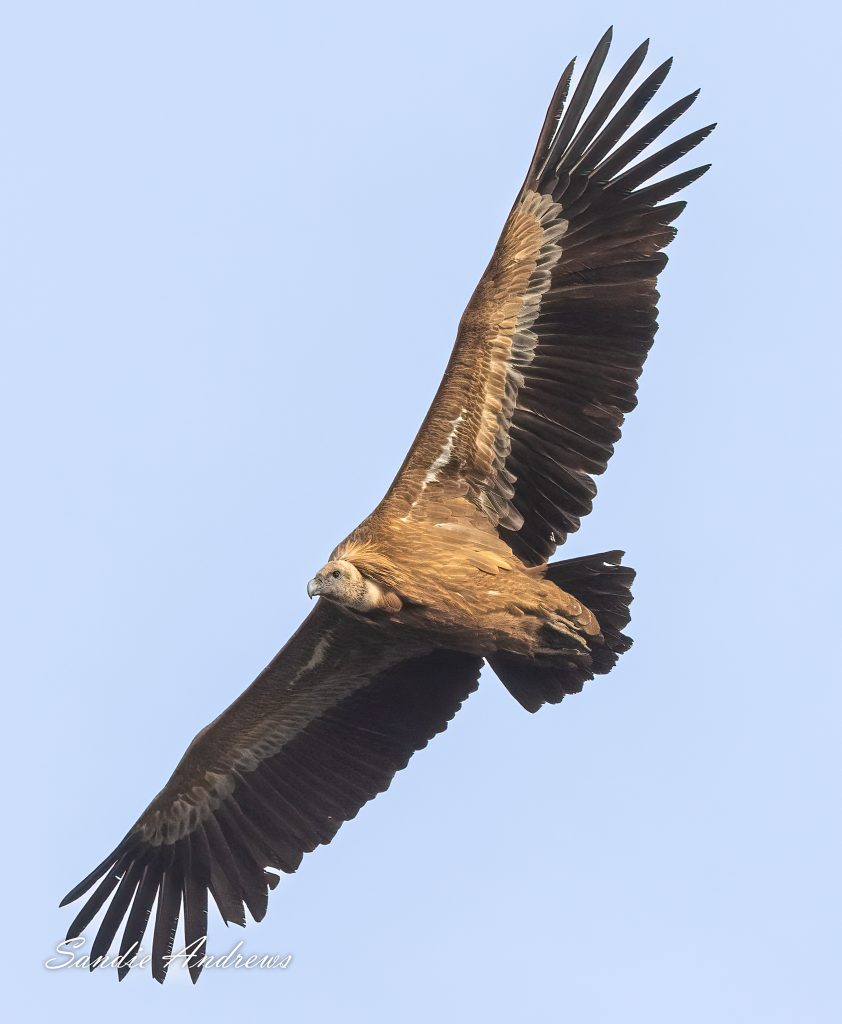
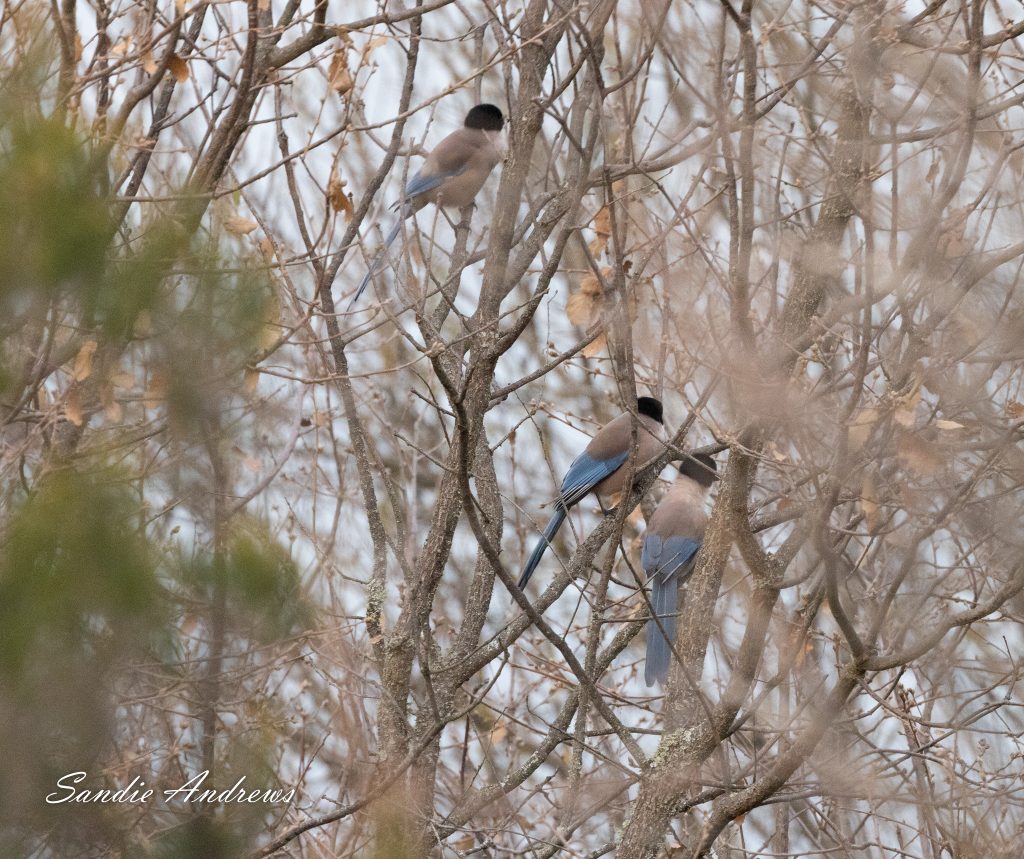
Above: Iberian magpie – red listed. It is said that a few hundred years ago, Spanish sailors returning home from eastern asia brought with them azure-winged magpie which colonised. Until recently they continued to be called by that name however, genetic analysis has suggested that Iberian and azure-winged magpies are distinct species and so the species name of the Spanish birds has been changed to Iberian magpie.
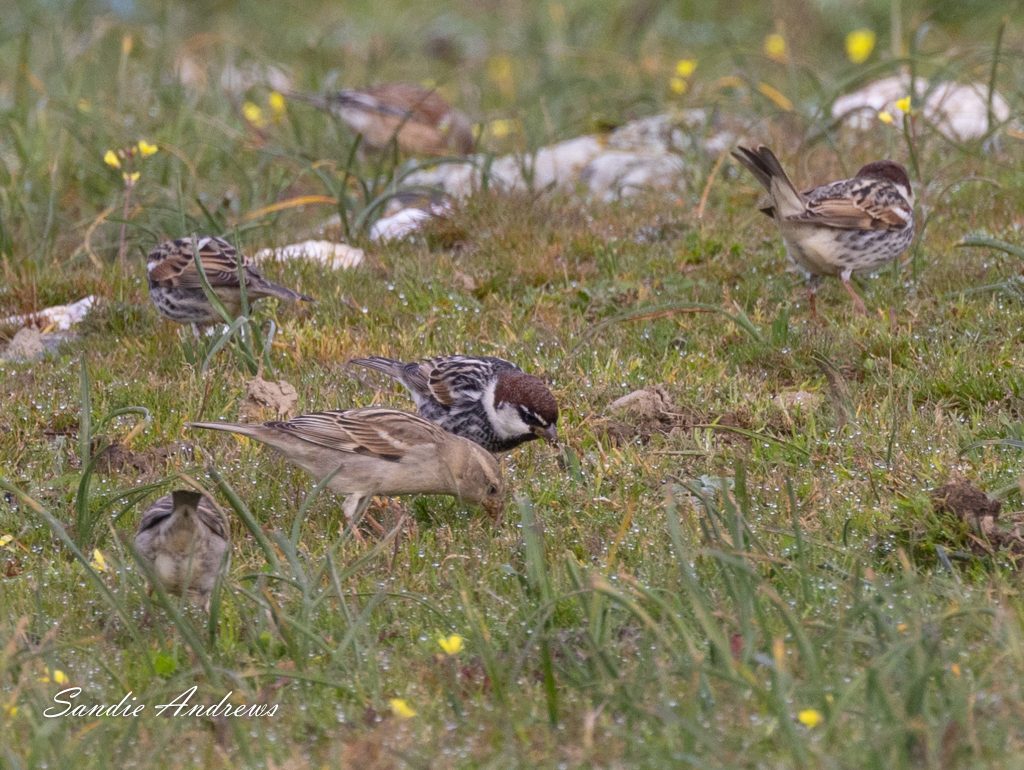
Above : Spanish sparrows – red listed . Below: red kite with prey.
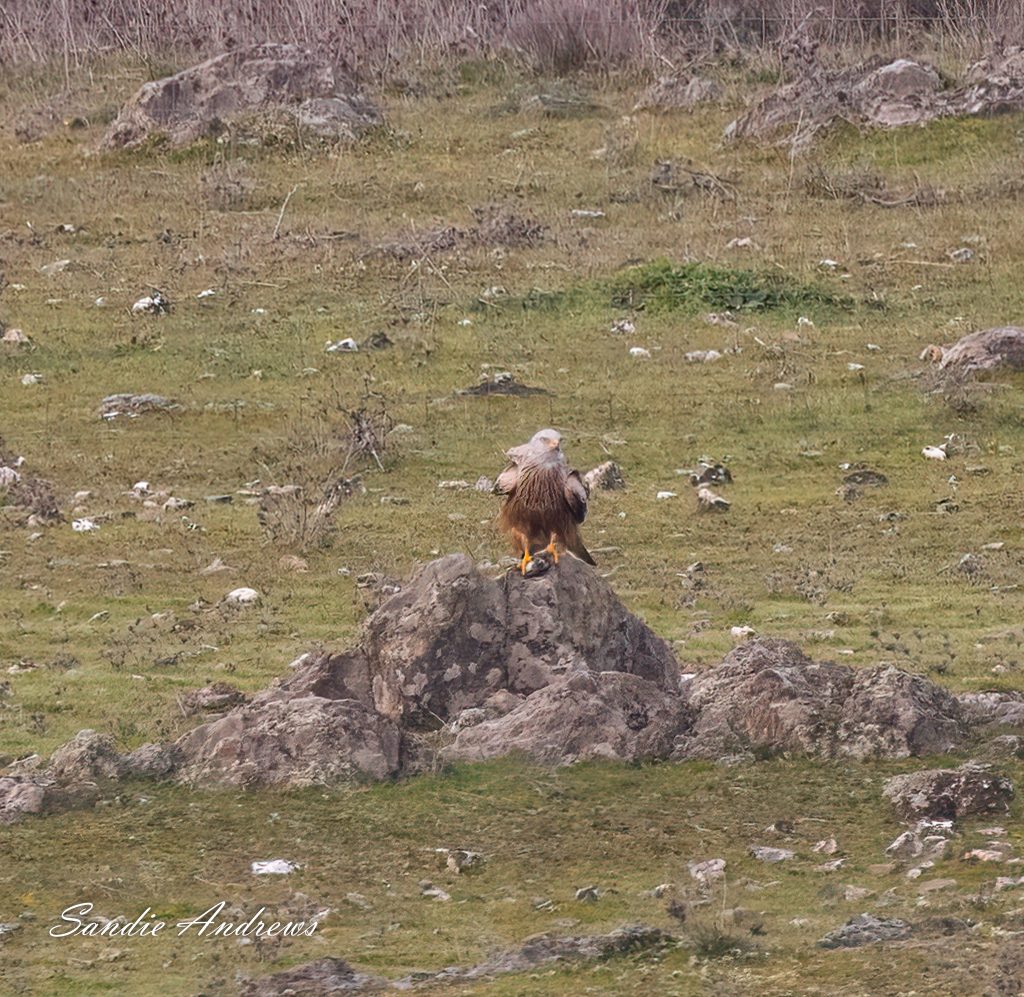
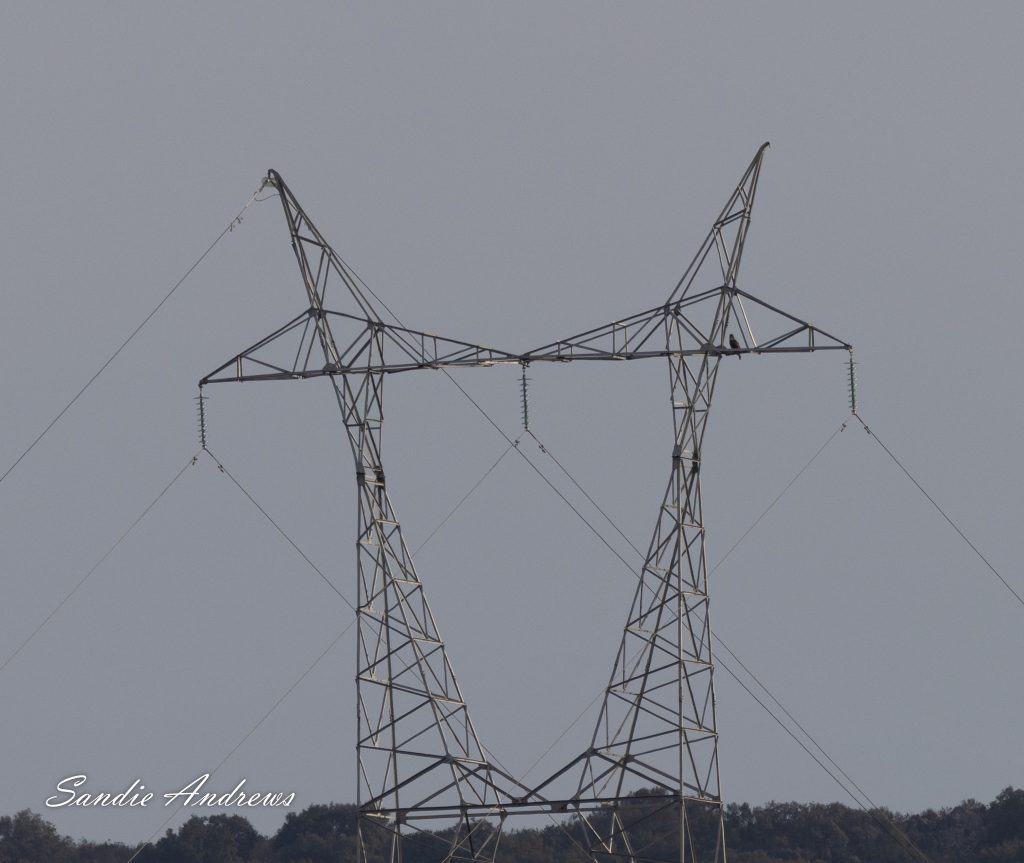
Above: sitting on a pylon is a bonelli’s eagle – red listed.
Before meeting Ricardo, I would not have dreampt in my wildest dreams that I would see either a bonelli’s eagle or a Spanish imperial eagle. We saw those and so much more. What an absolute privelege and a very humbling experience. Thank you Ricardo. Also a very special thanks to the Monfragüe National Park and other such areas without which the Spanish imperial eagle and some of the other red listed birds would no longer be with us.


